Friedensreich Hundertwasser was an Austrian artist whose work I first discovered while living in Paris; many of the postcard shops sold reproductions of his paintings. His time as a young jewish boy, hiding his religion during the time of the Nazis, influenced his philophy and artistic thinking. From the 1950s onwards, Hundertwasser turned his hand to architecture. Nazi architecture was outsize, severe, plain, neo-classical, so Hundertwasser preferred organic forms, spirals and loathed the tyranny of the straight line. These ideas informed his 1980s building in Vienna, Hundertwasserhaus, which contained social housing (council flats/projects/HLM).Hundertwasser wanted his buildings to change architecture’s approach to where people live, for buildings to accommodate nature and humans rather than dominate them. You can see the influence of Gaudi, as well the 1980s nostalgic admiration for the art of Mondrian.
Hundertwasser believed in:
- The right of each person to a window: “The occupant of an apartment must have the right to lean out of his window and to decorate the outer walls as it suits him as far as his arm can reach so that one can see at a distance that a person as an individual being is living there.”
- That roofs should be grass covered or have trees. He wanted a collaboration of humans and nature.
- That corridors should not be flat, even and uniform, that they should imitate the contours of a forest pathway. (You can see examples of this in the pictures below)
- He liked to put golden onions on the top of roofs to make the residents feel like kings, to raise them above the grey masses.
- Children should be allowed to scribble on walls
- The horizontal belongs to nature, the vertical to man.
- Lower storeys should have higher ceilings and vice versa to ensure a democratic distribution of light and air between flats in buildings.
The photos below show the hotel that I stayed in when I visited the region of Styria in Austria, which was also designed by Hundertwasser. The swimming pool filled with volcanic highly mineralised water was a particular joy, with an intertwining weaving swimming pool going indoors and out. Many Viennese visit in winter for the wellness spa facilities, the organic natural food, the countryside. For more details go to the Hotel Rogner Bad Blumau site.
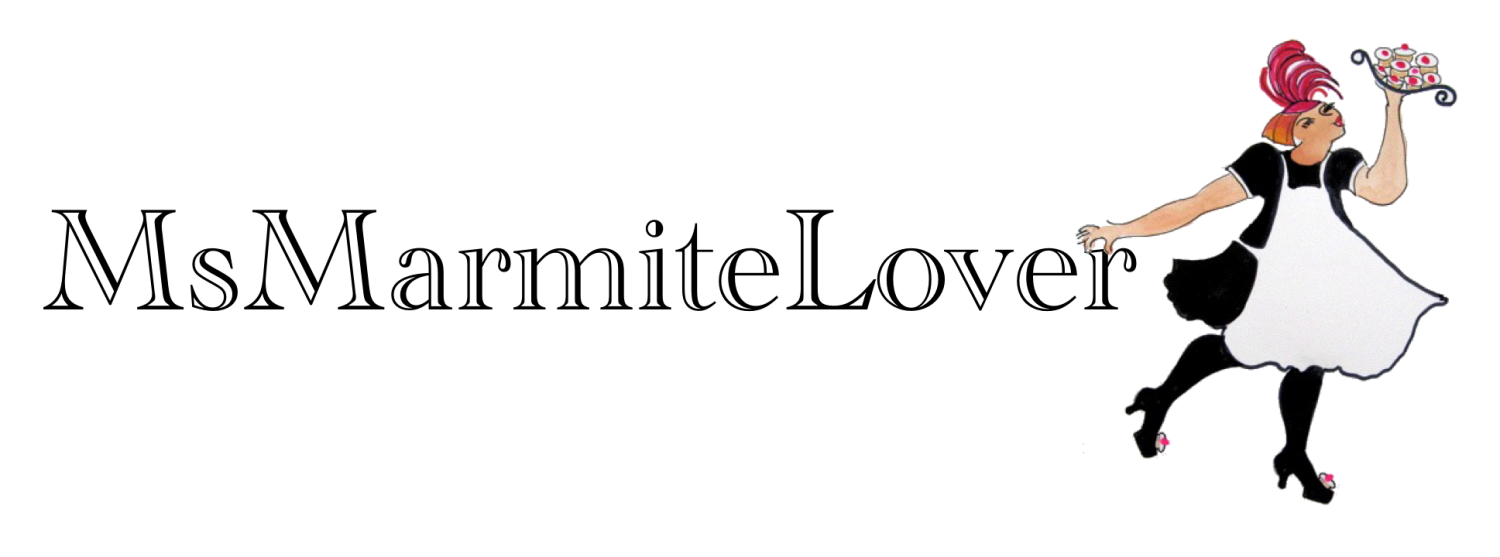
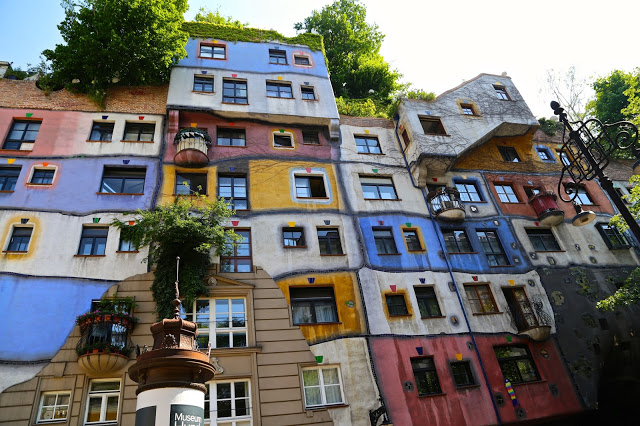
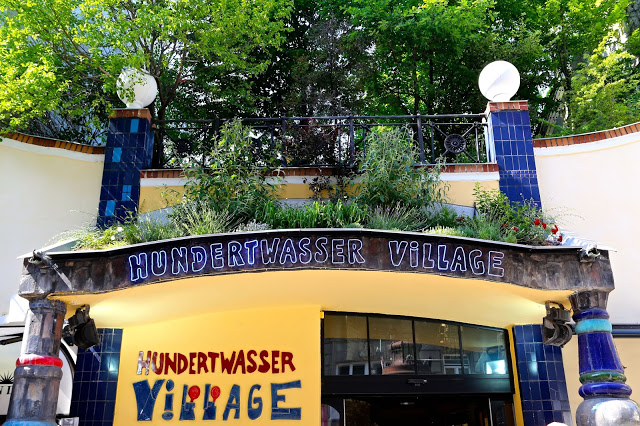
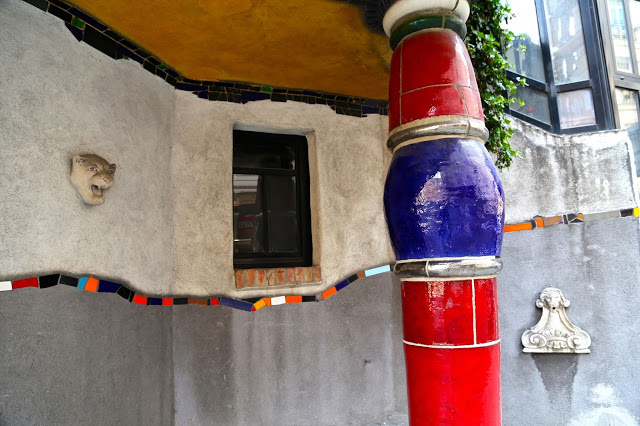
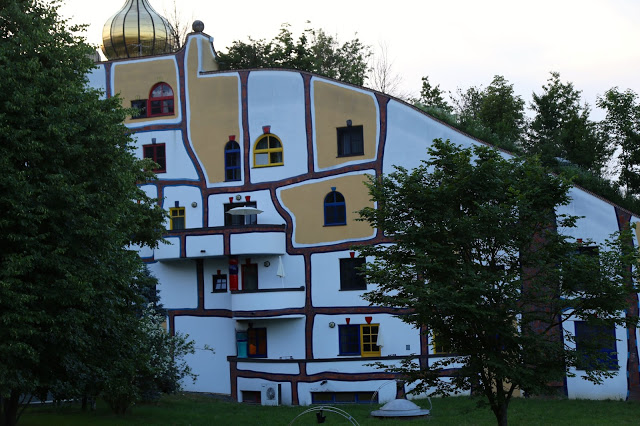
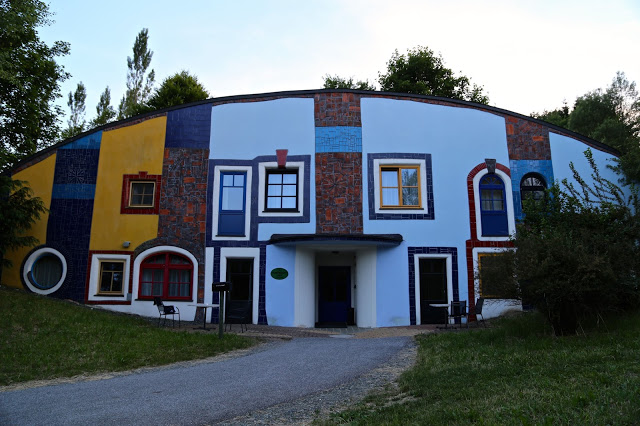
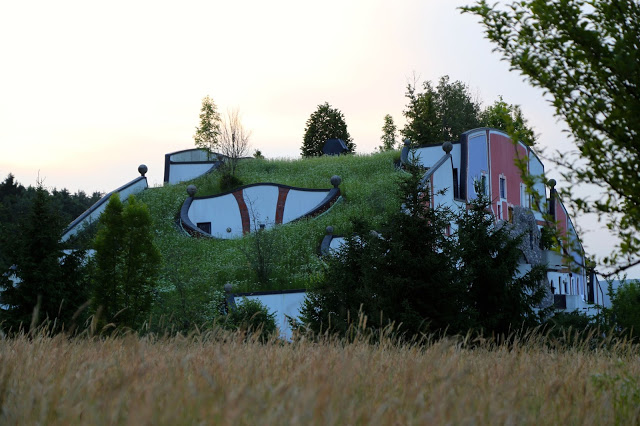
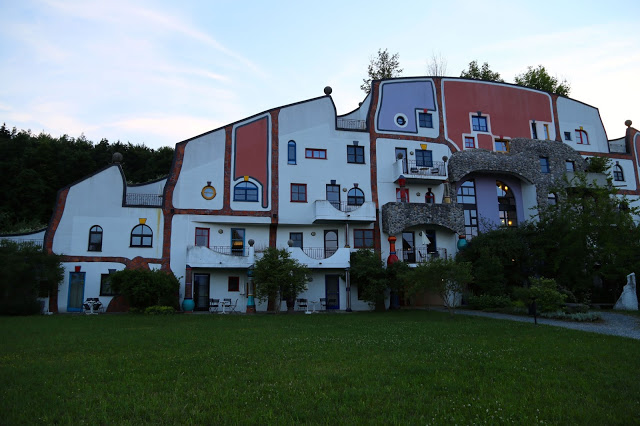
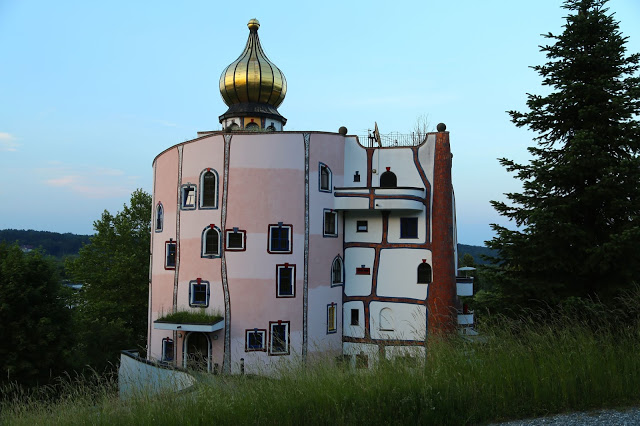
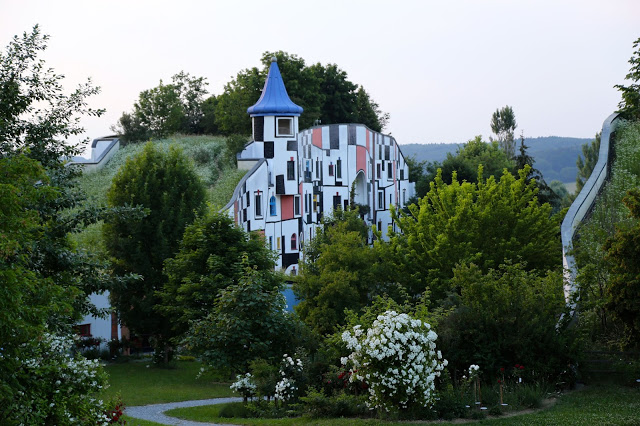
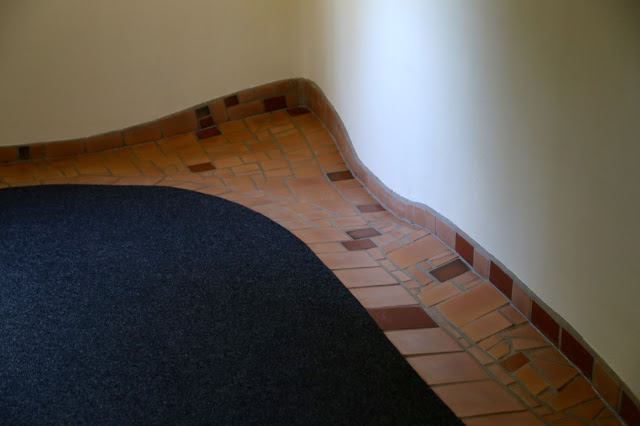
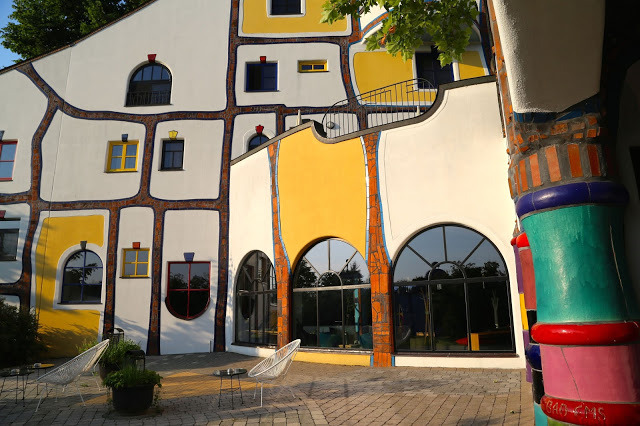
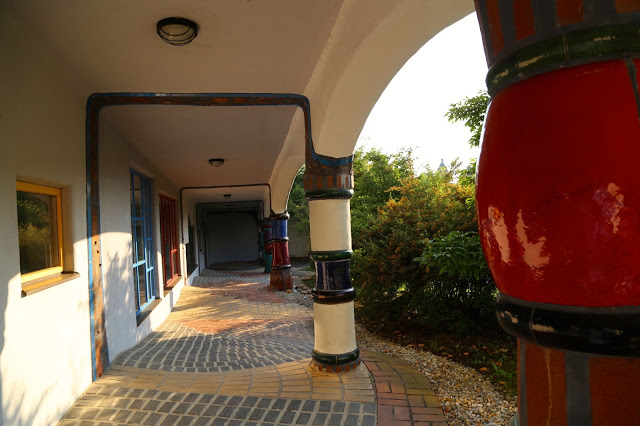
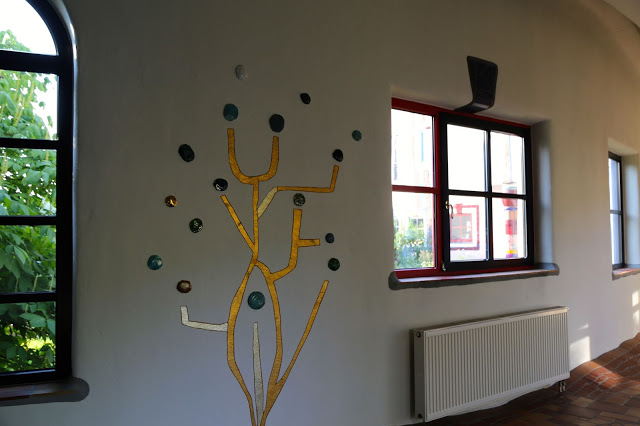
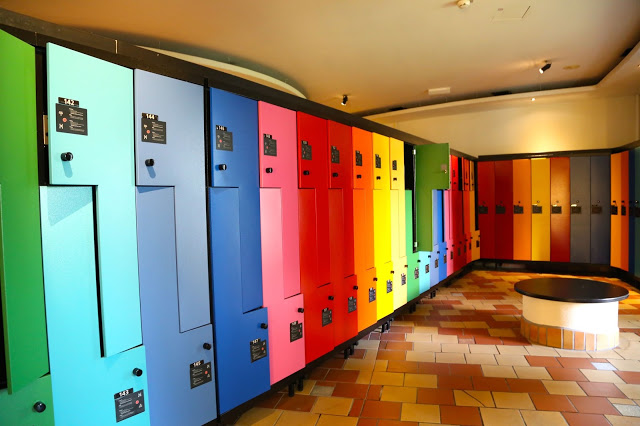
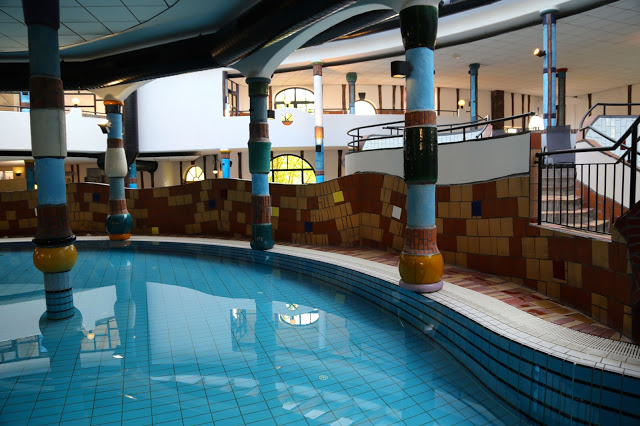
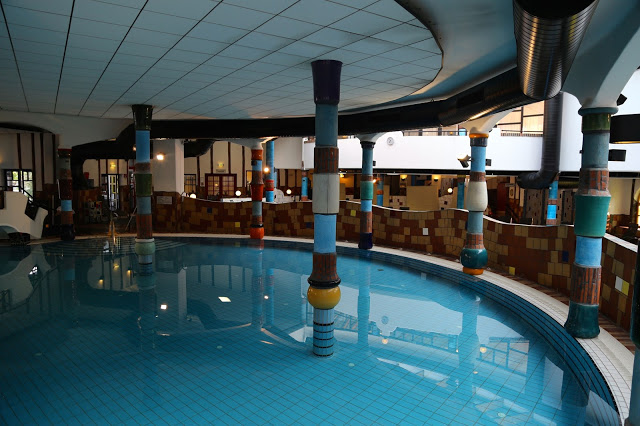
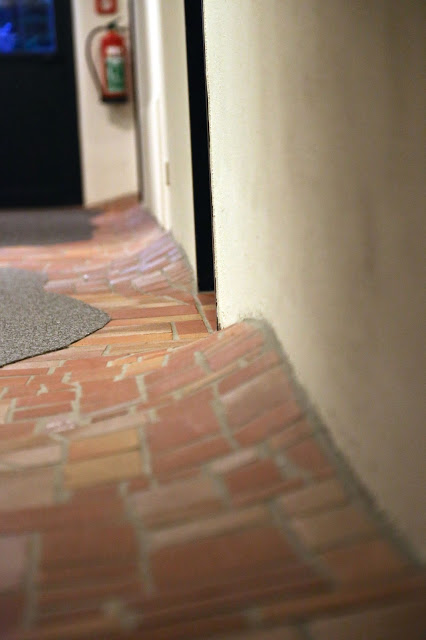



Like the color of the building, it is so beautiful.
http://www.yasashop.com
They love to have fun with the design here!
Buckets & Spades
Wow, amazing spaces! Such an uplifting a happy place to live.
Hi Dhonna, yes it was great to see this human centred, natural approach to architecture.
Great!